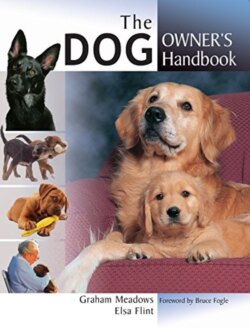Читать книгу The Dog Owner's Handbook - Graham Meadows - Страница 42
На сайте Литреса книга снята с продажи.
Think about the following in relation to the breeds you are considering:
Оглавлениеº the size of dog you want
º the purpose for which you want it: companionship, show, work, obedience training or as a watchdog
º your knowledge and experience of dogs, and ability to handle particular breeds
º the strength of your preferred breed, and whether you can physically handle it
º the type of home in which you live, and the amount of indoor and outdoor space
º the type of environment in which you live: urban, semi-rural or rural
º the number and type of people who live in your home. Some breeds are not so tolerant of children; others are too boisterous with elderly or infirm people
º the amount of human companionship you can offer
º the amount of time you can devote to feeding and grooming
º the amount of exercise you can give the dog
º the amount of training you can give it. Some breeds require firm handling and more advanced trainingfrom a professional
º your climate. Short-faced breeds (such as the Bulldog) sometimes suffer from breathing problems in a hot climate. For subtropical or tropical climates consider short-coated, long-nosed breeds. Breeds with long thick coats benefit from seasonal changes to assist coat shedding. Cold climate breeds include the Chow Chow, Spitz, Samoyed, Norwegian Elkhound, and Newfoundland.
If you know how and why a breed was developed you are more likely to understand the nature and instinctive behaviour of the dog you hope to own.
To identify the breed that may best suit you, take the time to read about each of the breeds you fancy. Talk to your vet, because he or she deals with different breeds every day and can help you to select a suitable breed. Remember that there can be enormous variations between individuals within a particular breed, and it is essential to carefully assess every animal that you inspect.
